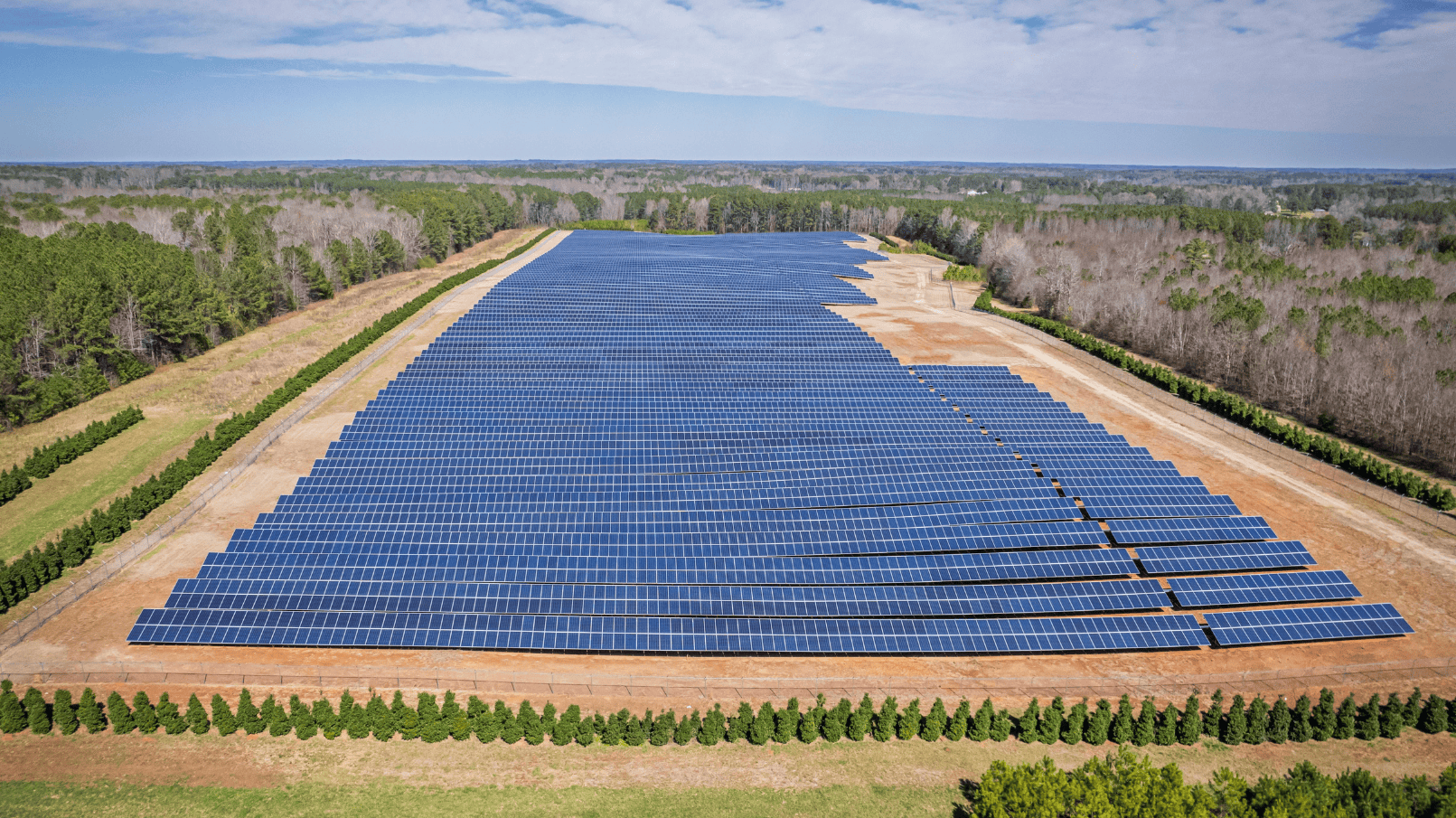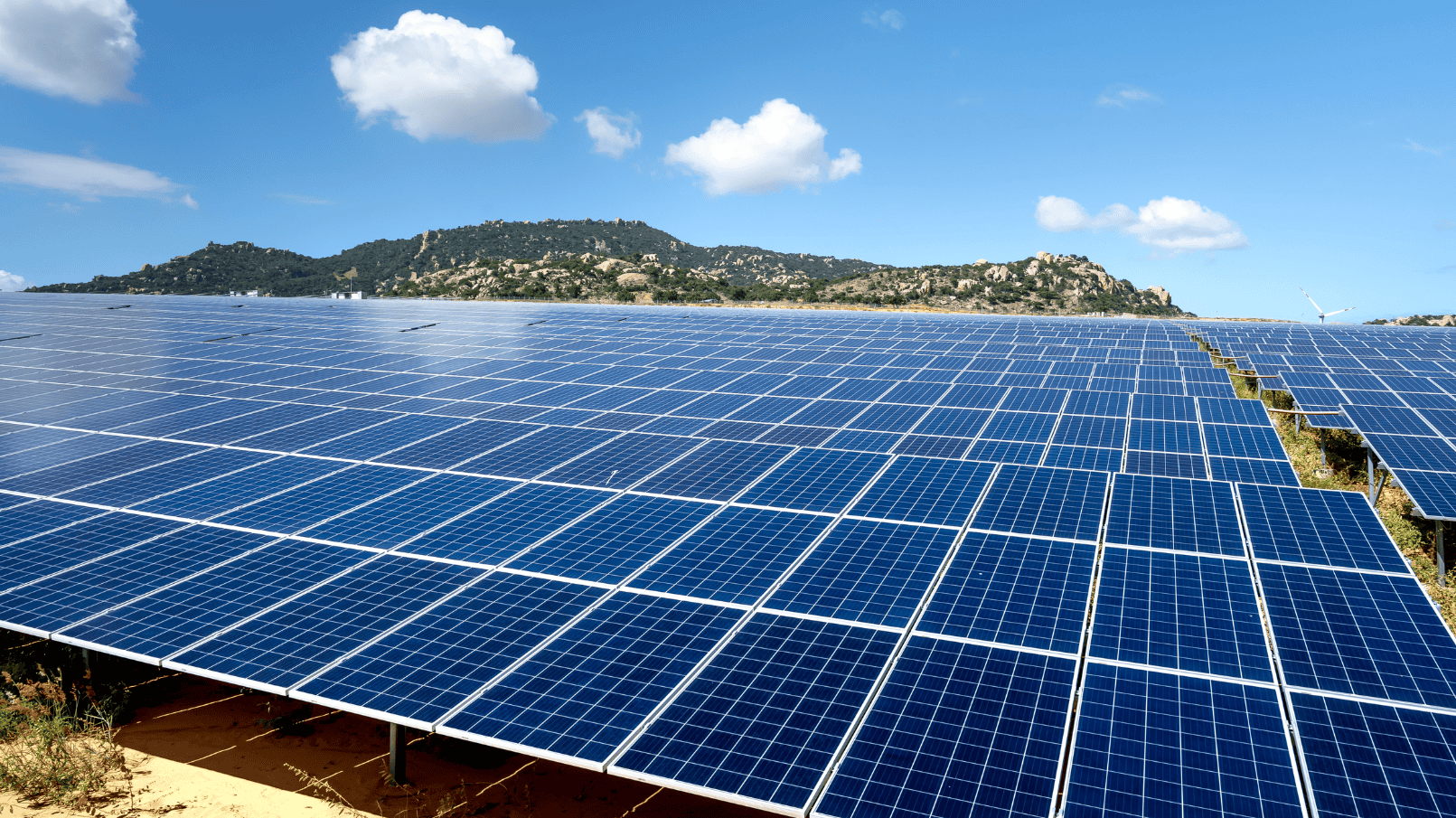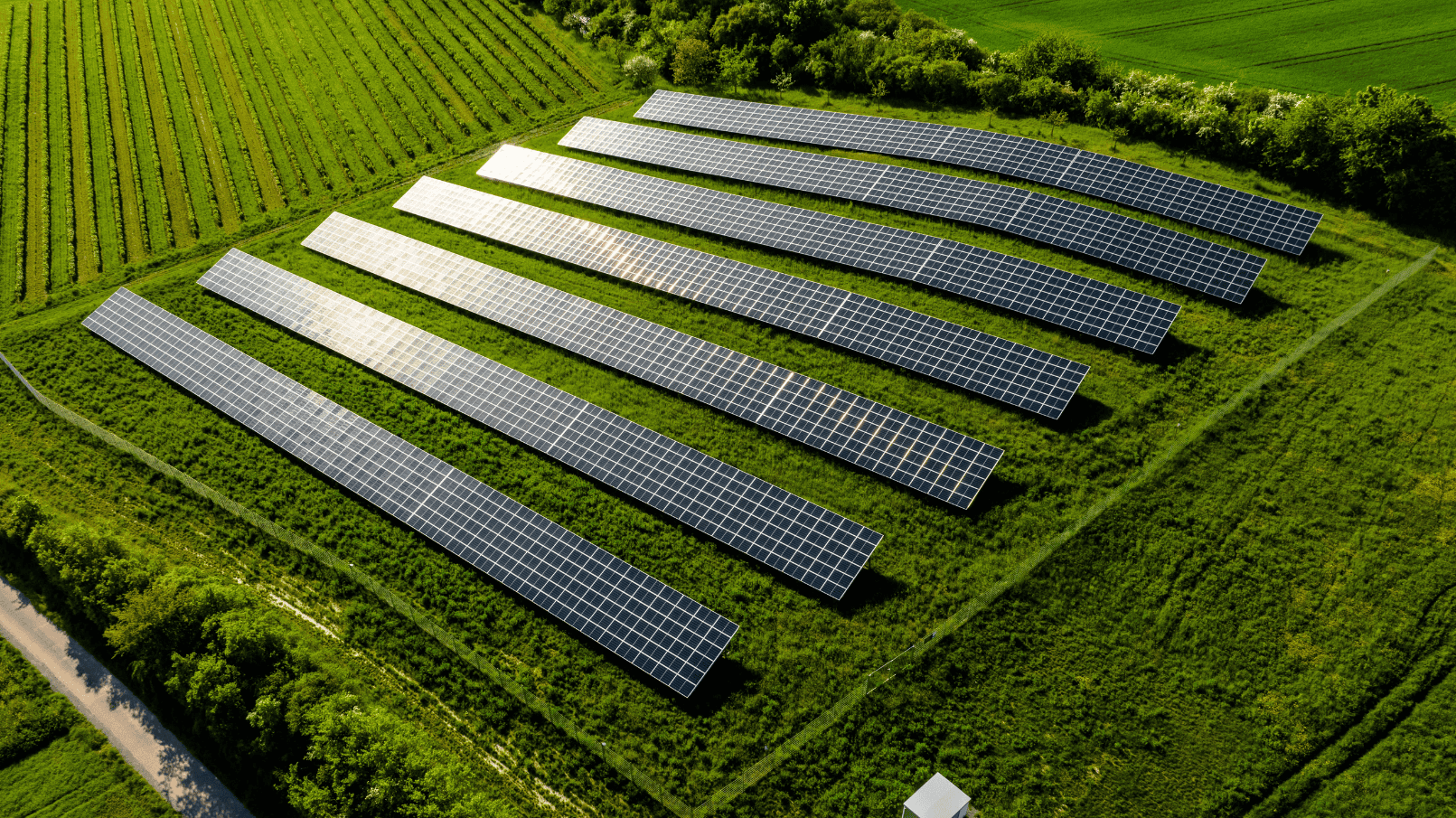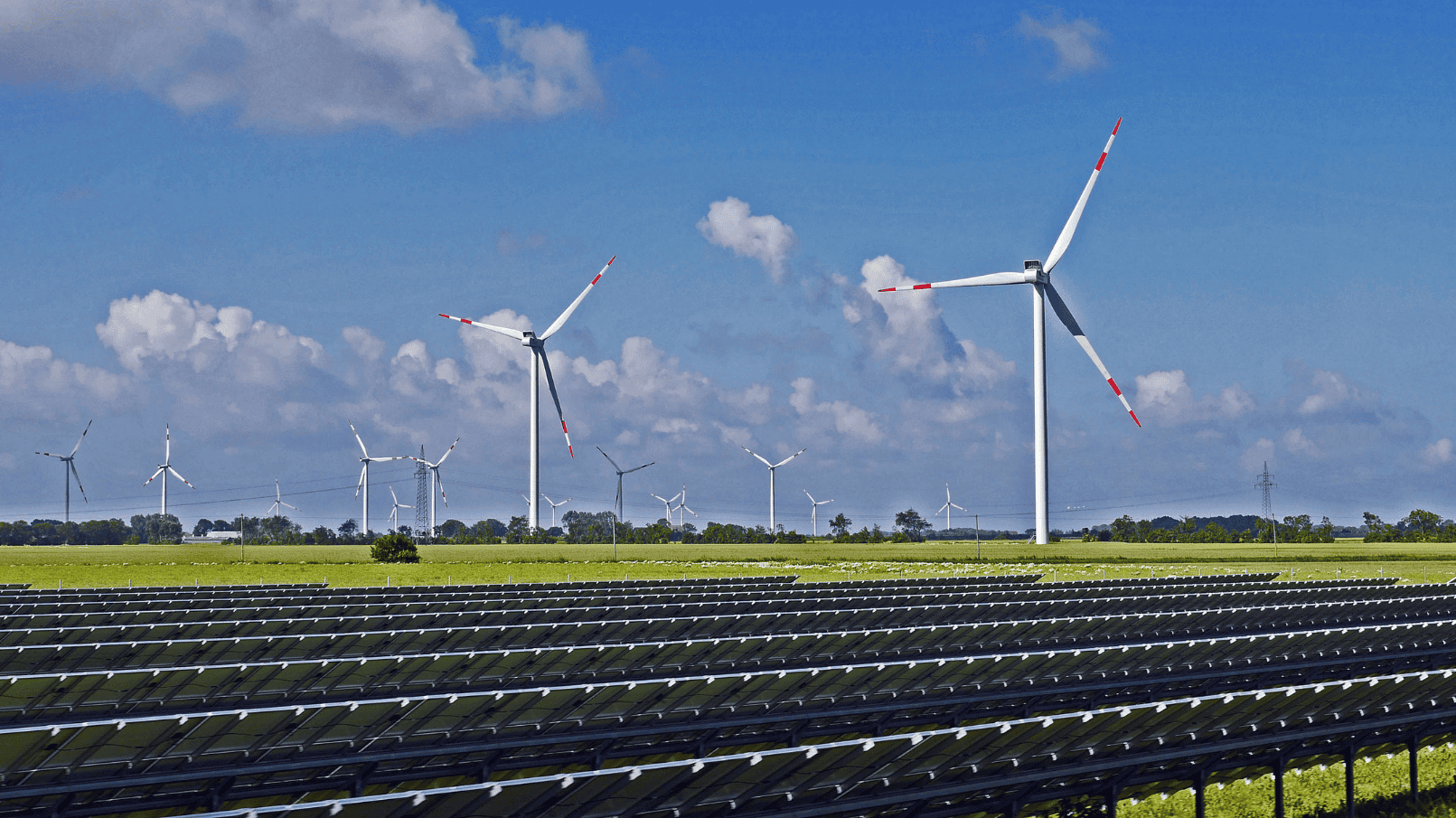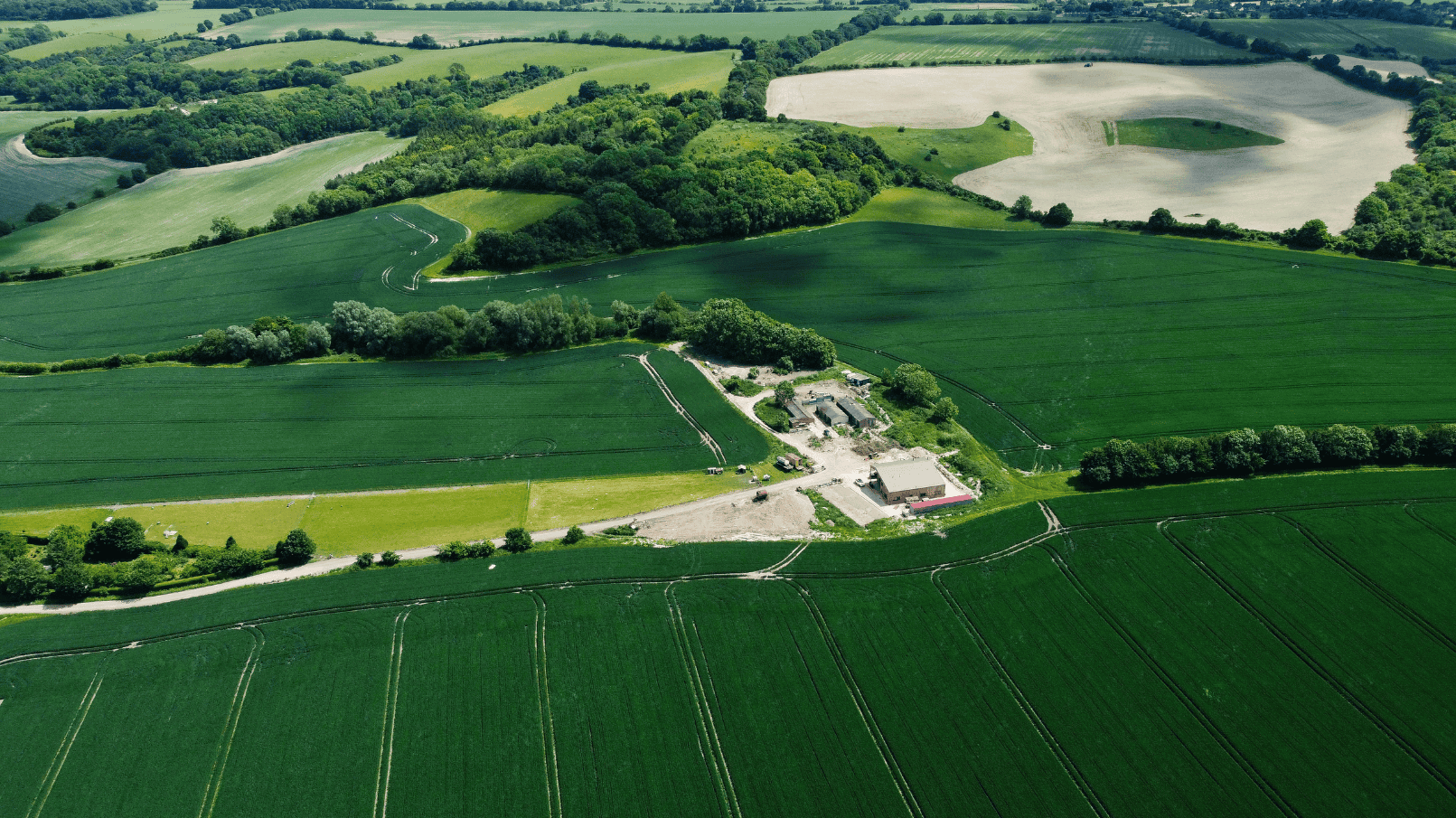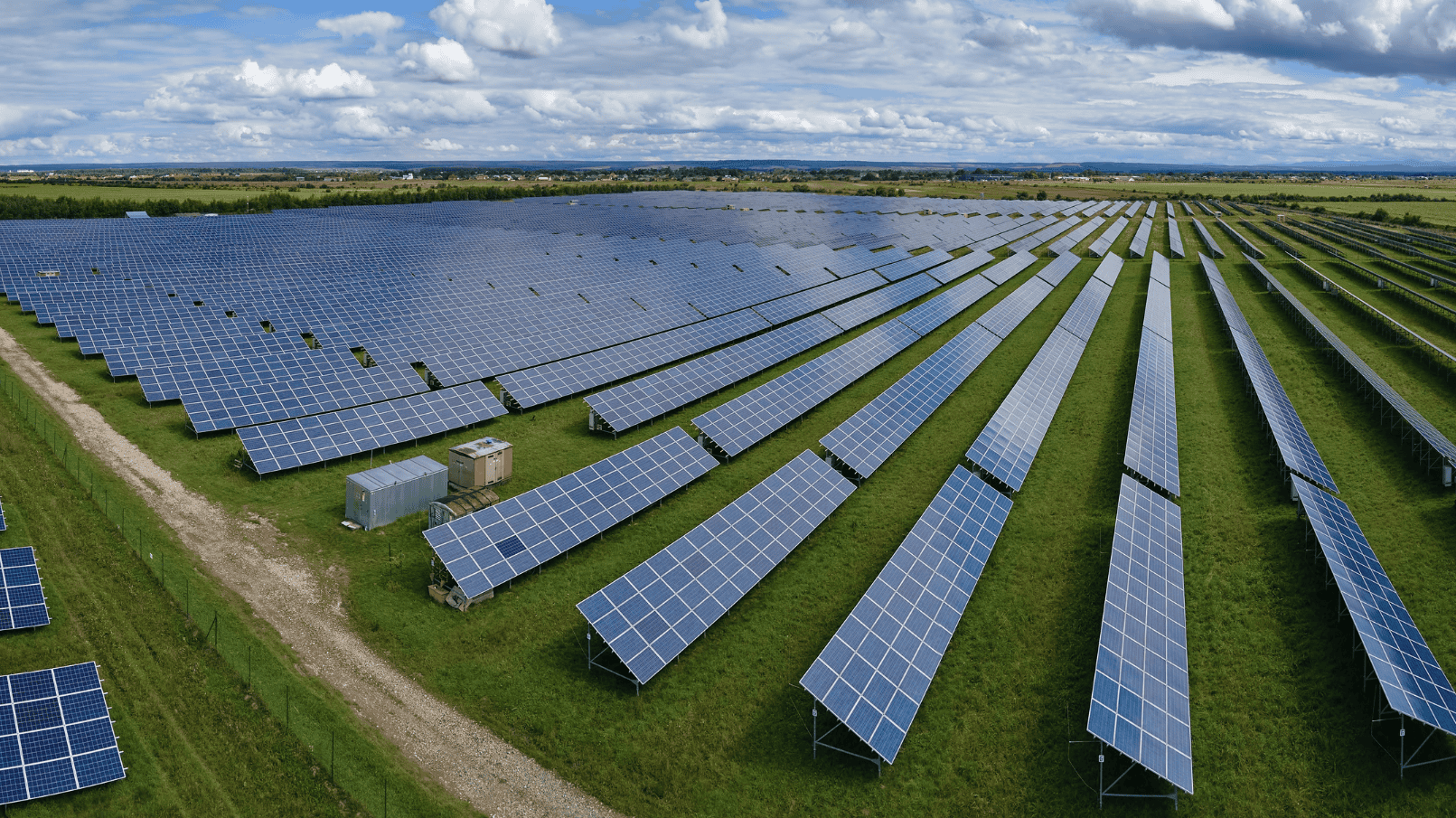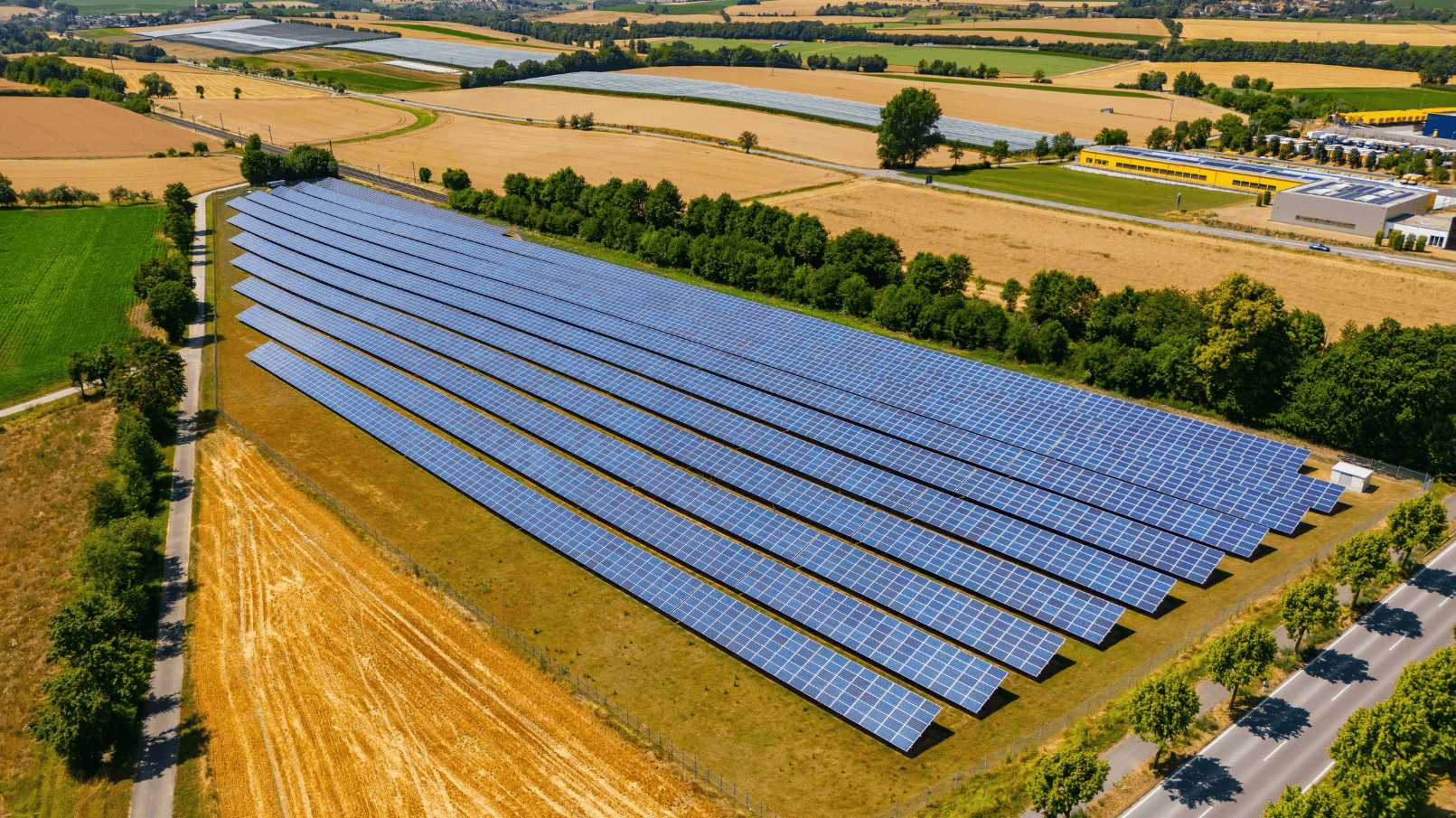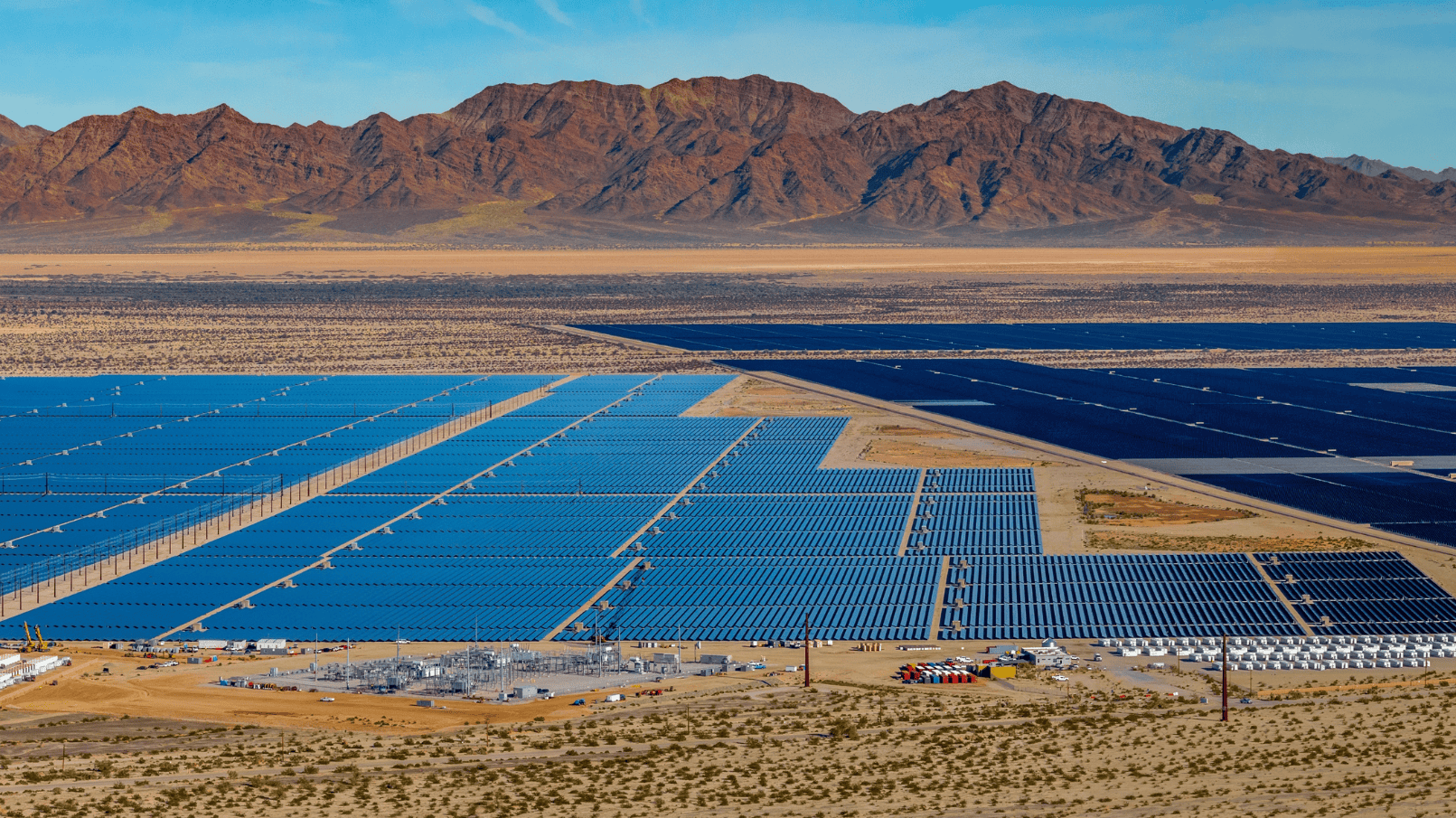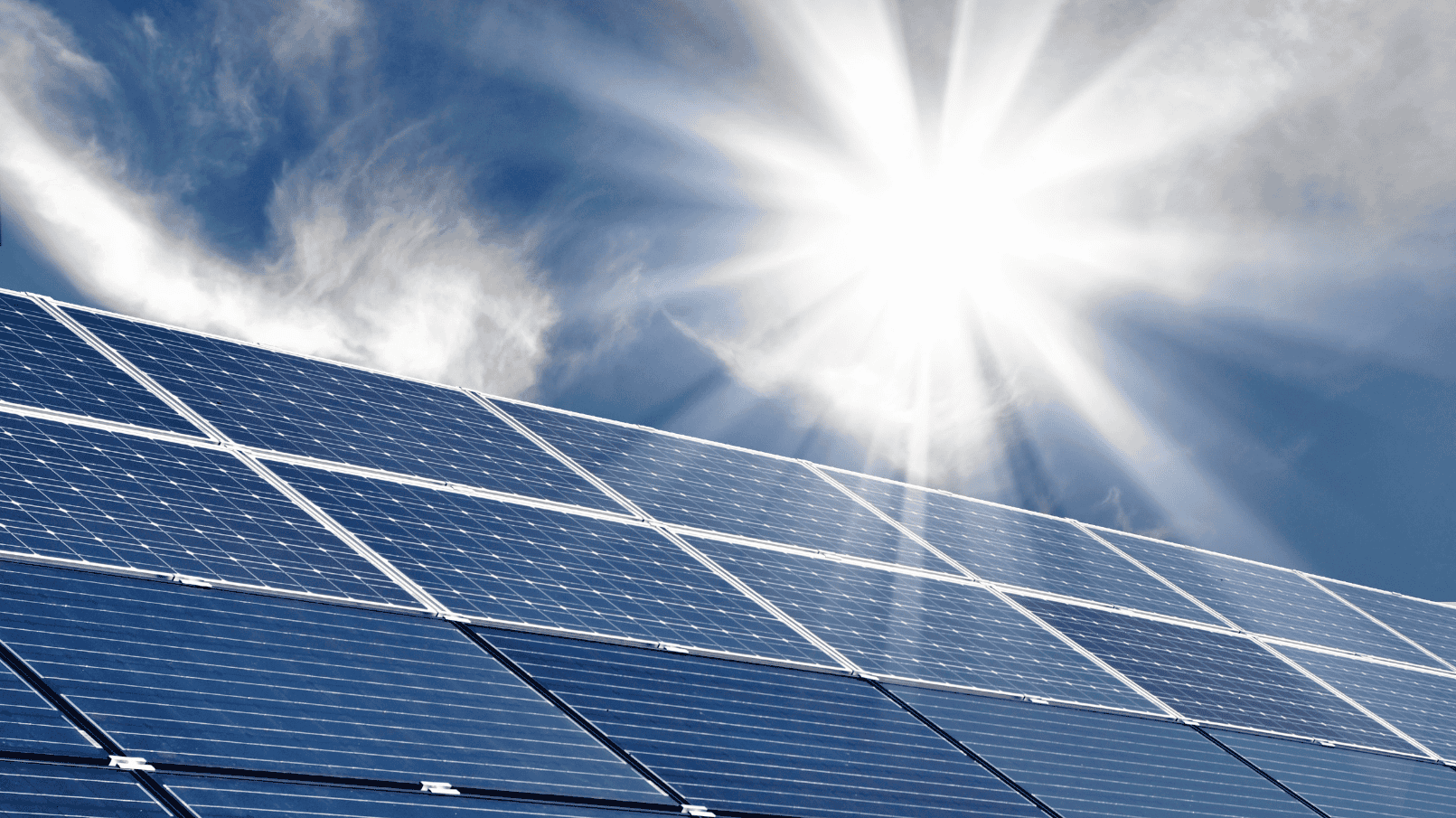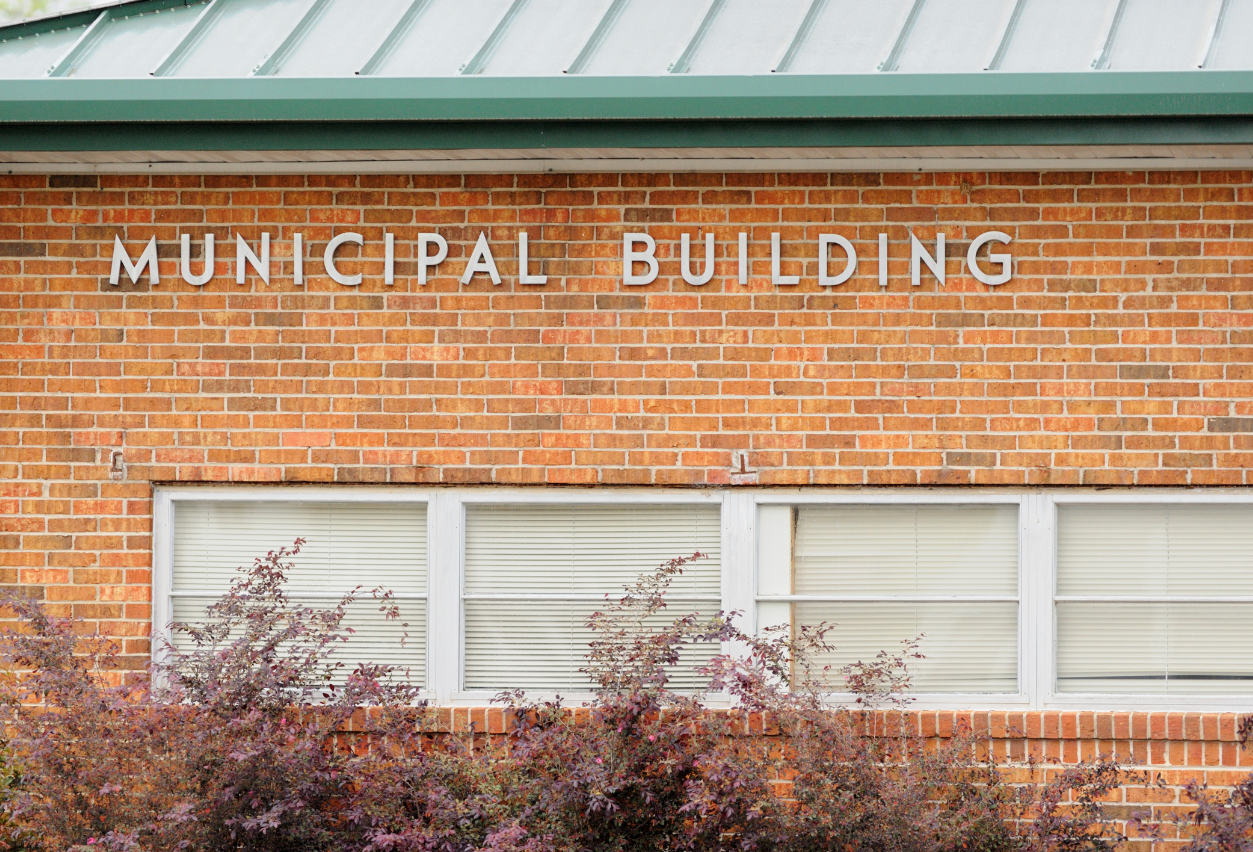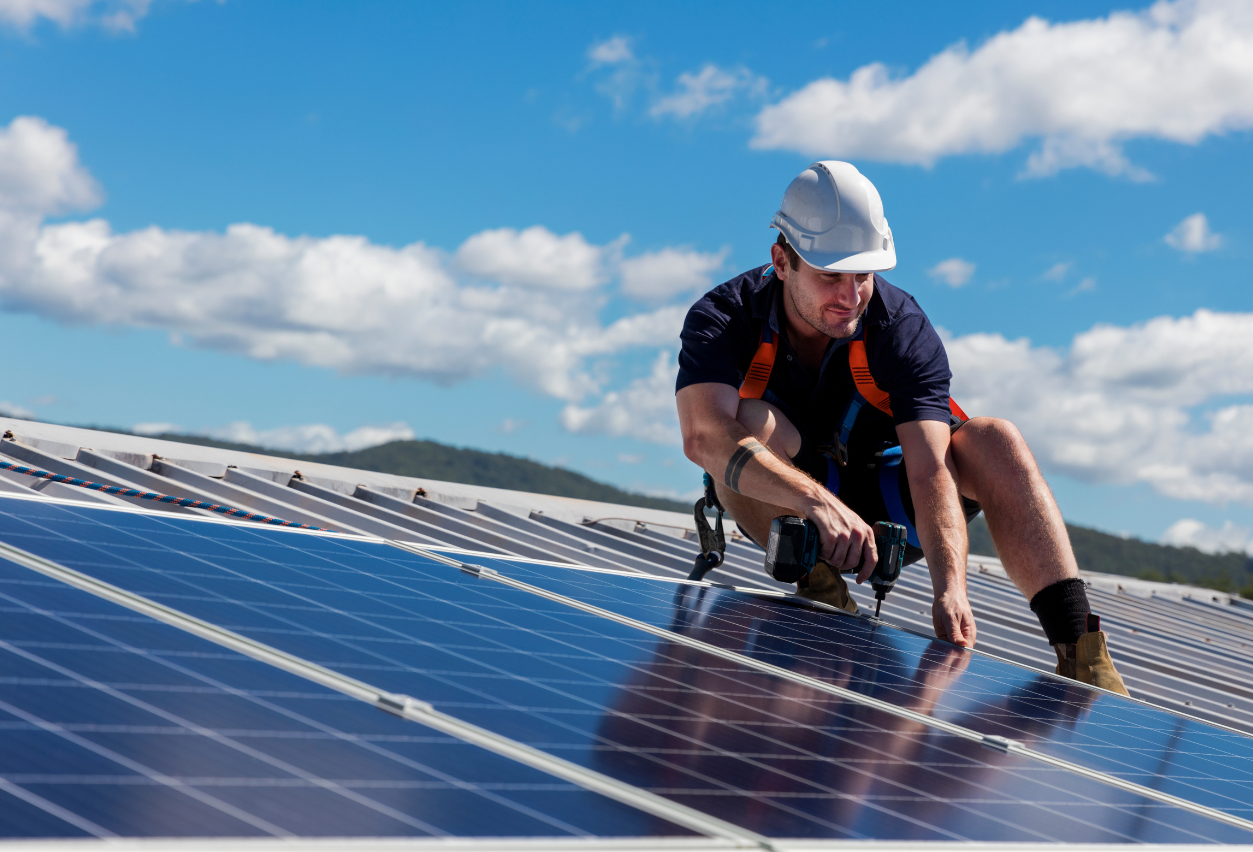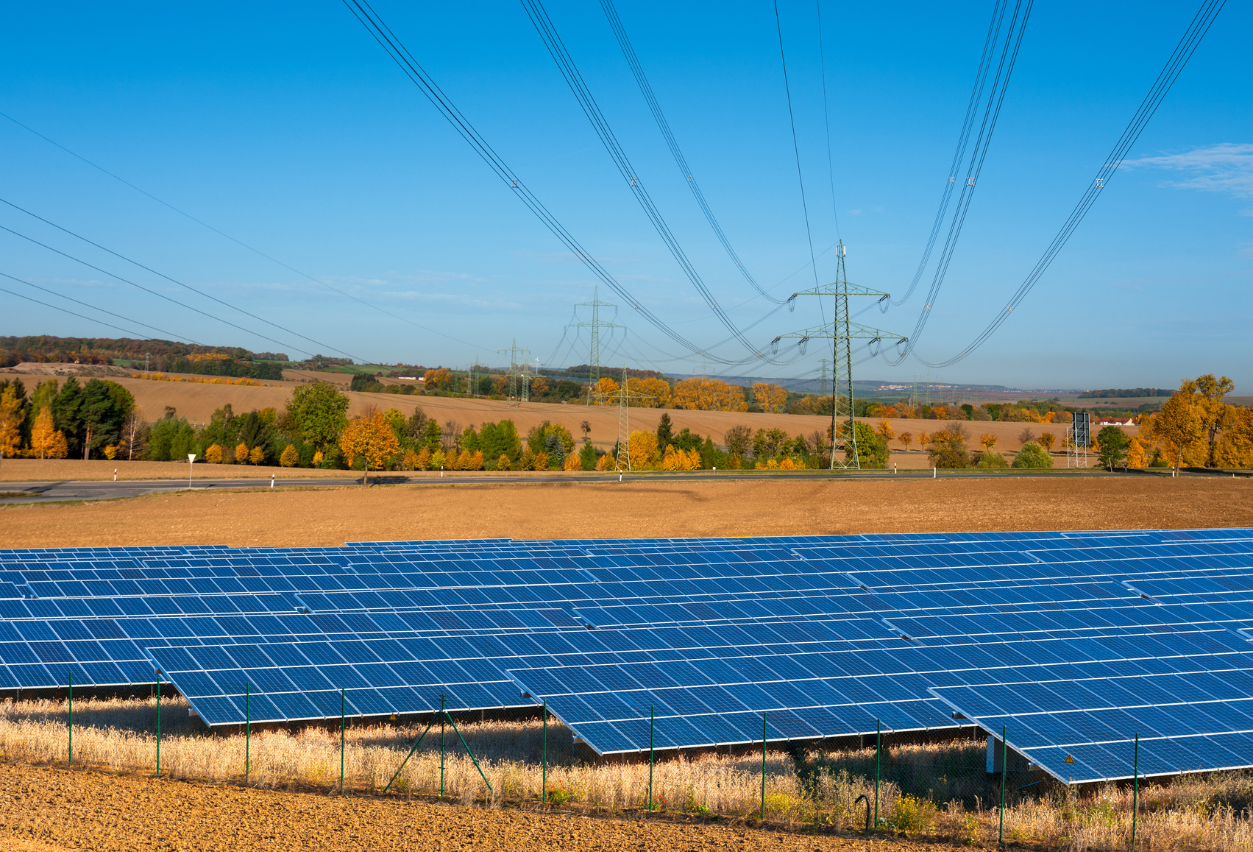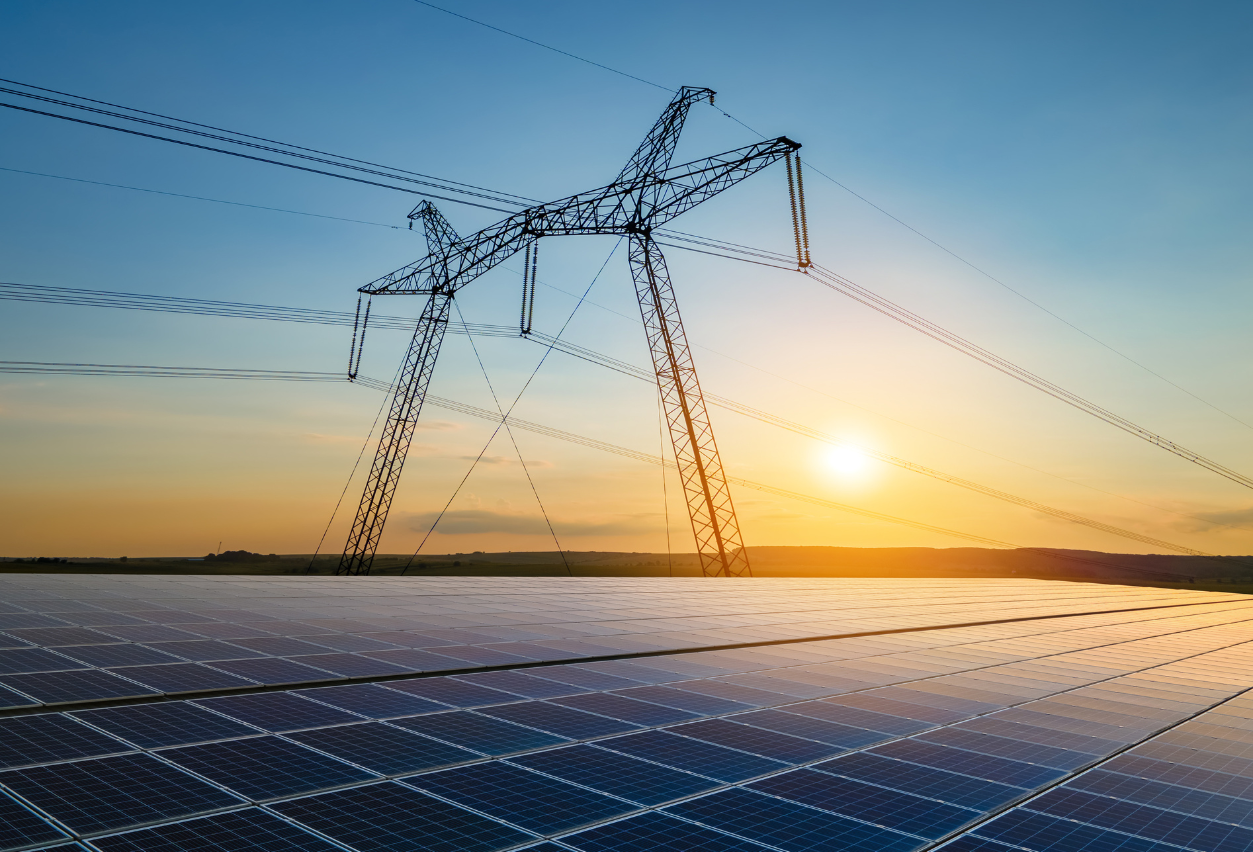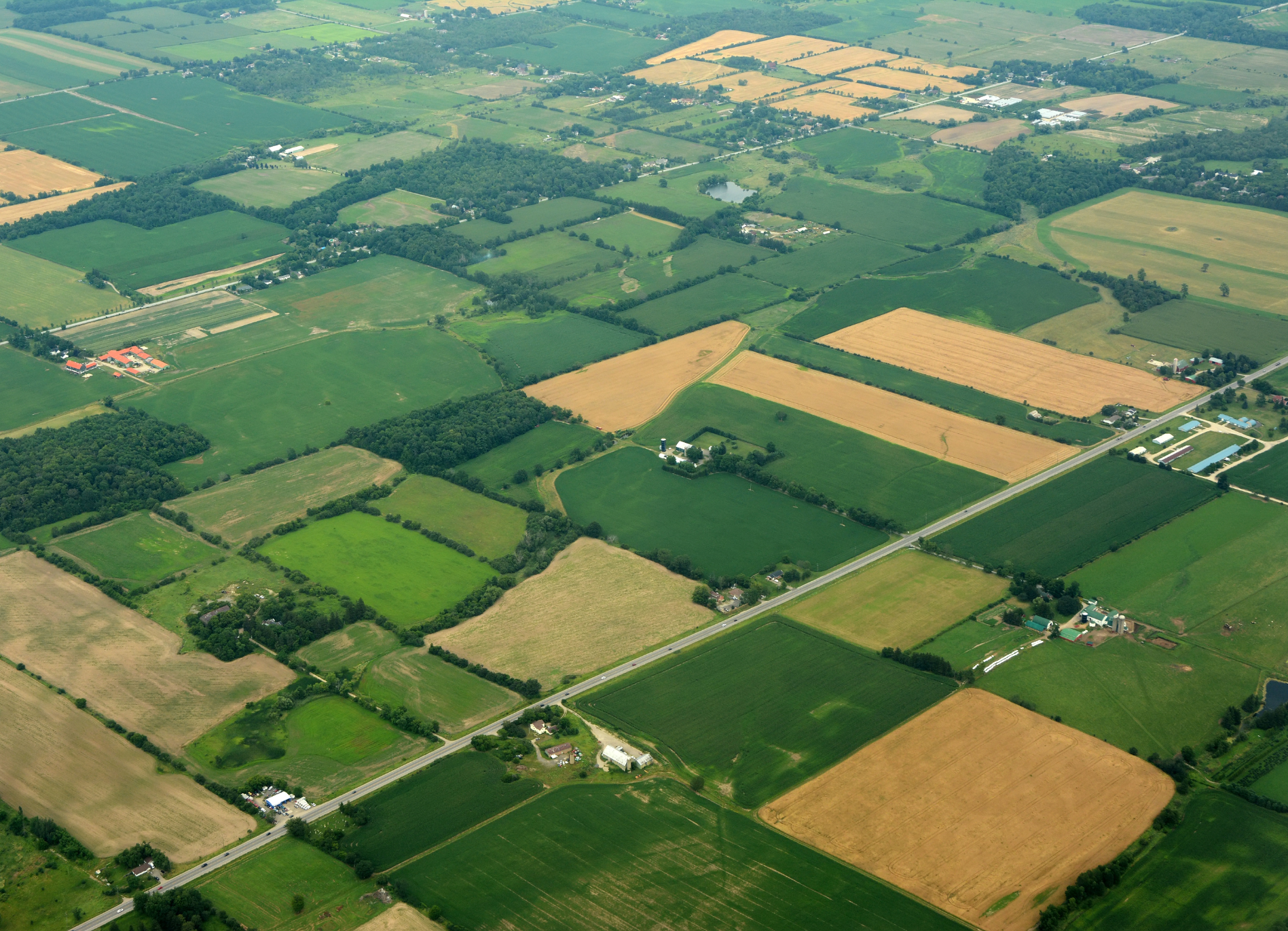As the demand for solar energy in the U.S. increases, there are lucrative opportunities for landowners to lease land for solar projects. Whether through utility-scale solar farms or community solar projects, many landowners are securing long-term, stable income while supporting the transition to renewable energy. However, not all states offer the same level of opportunity for solar land leasing. Understanding the best U.S. states for solar land leasing requires an analysis of state policies, solar incentives, energy markets, and interconnection cues. This article explores the top U.S. states for solar land lease opportunities, helping landowners determine whether their property is well-positioned for solar leasing. If you’re considering leasing your land, read on to learn more.
The Solar Landscape In The U.S.
The U.S. solar sector has seen tremendous growth due to declining solar panel installation costs and supportive renewable energy policies. According to the Solar Energy Industries Association (SEIA), solar is anticipated to represent approximately 30% of electricity generation in the U.S. by 2030. Here are some of the factors contributing to this growth.
Key Drivers Of Solar Adoption
- Federal Incentives: The Investment Tax Credit (ITC) and funding from the Inflation Reduction Act are driving solar project development. These incentives allow investors to recoup 30%+ of their solar development costs in the form of a tax credit. If the solar project is located in specific rural communities, these incentives can increase dramatically.
- State-Level Renewable Portfolio Standards (RPS): Many states mandate utilities to source a percentage of energy from solar and wind power. In fact, in all deregulated states, energy suppliers are required to pay RPS fees to grid operators to support this initiative. These funds are used to support solar renewable energy credits (SRECS) and other solar initiatives.
- Declining Solar Costs: The cost of solar panels has dropped by nearly 70% over the last decade, making solar land leasing more attractive. As the cost to build solar decreases and retail energy prices increase, the case for solar becomes more attractive for consumers and ratepayers.
- Grid Expansion & Interconnection: States with strong grid infrastructure enable faster approvals for solar energy systems. Today, there are many initiatives to improve grid transmission infrastructure to allow for the seamless integration of renewable energy.
How Regulations Impact Solar Leasing Across The U.S.
The legal landscape of solar leasing is wrought with federal, state, and local policies that dictate how solar can be constructed and connected to the grid. Let’s explore some of these energy regulations in more detail.
Local & State Regulations
- Zoning Laws: Some states and local municipalities have restrictions on solar panel installation on agricultural land. It’s important to understand local zoning prior to seeking a land lease as solar developers shy away from properties located in areas with strict regulations.
- Permitting Requirements: Most townships require environmental impact studies before solar project approval. These studies evaluate the condition of the land and its habitat for any wildlife that could be impacted by a solar project. Evitonmental studies have been known to throw a wrench in the development process, slowing it down or bringing it to a halt altogether.
- Net Metering & Community Solar Policies: Favorable net metering and community solar laws allow solar asset owners to sell excess power to the electrical grid. In states with these regulations, solar development becomes much more attractive as asset owners can be paid retail energy prices for solar generation. In other states, developers are forced to integrate with the electric grid and only receive wholesale value for their solar power.
Federal & Grid-Level Regulations
- Interconnection: In certain locations on the electric grid, interconnection becomes quite challenging. In areas with excess solar generation, interconnection applications for new solar projects can be rejected, bringing projects to a standstill.
- DNE & Curtailment Orders: If the project is being connected directly to the electric grid, DNE (Do Not Exceed) and curtailment orders are important regulations to consider. These orders are in place to balance energy supply on the grid and force solar assets to shut down at certain times due to excess production. This can affect revenue projections and should be accounted for prior to starting a solar development.
- USDA Rural Energy for America Program (REAP): The REAP program rovides funding for solar projects in agricultural and rural areas. For projects located in certain rural areas, developers can get additional tax credits, which make the incentive for solar better in these regions.
The 8 Best U.S. States For Solar Land Leasing
If you are looking to evaluate and compare solar land lease proposals, it’s important to consider the location of your land. Some states lend themselves to aggressive solar policies that make leasing land for solar more attractive. Here are the top states for solar land leases in the U.S. today:
1. Texas
Texas is considered to be one of the best states for solar development for several reasons:
- Texas has the second-largest solar capacity in the U.S.
- It’s a deregulated energy market, allowing solar developers flexibility when looking for off-takers for their projects.
- Texas has ample sunshine and large land availability, making it ideal for solar project development.
- Although Texas has no state-mandated Renewable Portfolio Standard (RPS), market demand for solar power remains high.
2. California
With sunshine all year and favorable solar incentives, California is a leading solar state in the U.S. for several reasons:
- Strong solar incentives and aggressive clean energy mandates.
- High electricity demand, making solar land leasing profitable.
- Robust interconnection infrastructure, expediting solar project approvals.
- The California Solar Initiative (CSI) offers financial incentives to solar projects connecting to the electrical grid.
3. New Jersey
With the highest SREC values in the country, New Jersey is one of the most profitable states for solar development and solar land leasing. Here’s why:
- New Jersey’s Renewable Portfolio Standard (RPS) mandates that 50% of the state’s electricity comes from renewable sources by 2030, creating high demand for solar land leases.
- Programs like the Successor Solar Incentive (SuSI) Program provide financial rewards for solar projects, making leasing land for solar more profitable. SREC values in New Jersey are also the highest in the U.S.
- New Jersey has some of the highest electricity prices in the U.S., making solar power an attractive and competitive energy source, ensuring consistent demand for solar land leases.
- The New Jersey Community Solar Energy Pilot Program allows landowners to participate in community solar projects, offering long-term, stable lease payments for underutilized land.
4. Florida
Florida is rapidly becoming a great place for solar and for solar land leasing. Some of the reasons that make Florida great for solar include:
- Rapid solar growth, ranking among the top five states for solar project installation.
- High residential and commercial energy consumption, ensuring demand for solar power.
- Community solar programs offer opportunities for landowners to lease their land for solar.
- Florida does not have net metering caps, allowing solar developers to generate high returns.
5. North Carolina
North Carolina is ranked in the top five states for solar land leasing for some key reasons:
- Ranked in the top five for installed solar capacity.
- Duke Energy’s renewable energy program promotes land leasing for solar farms.
- Favorable property tax exemptions for solar energy systems.
- North Carolina’s Utility-Scale Solar Program drives solar land lease opportunities for large projects.
6. Arizona
Arizona makes the list as a top solar state for several reasons:
- Abundant sunlight, making it one of the most efficient locations for solar panel installation.
- Large rural land availability, perfect for utility-scale solar projects.
- Low state tax rates for renewable energy.
- Arizona has a Renewable Energy Standard (RES) requiring 15% of energy to come from renewable sources by 2025.
7. New York
With rapid community solar expansion, New York is a top solar land leasing state.
- Nation-leading community solar policies, making it easier for landowners to participate.
- Aggressive climate goals, aiming for 70% renewable electricity by 2030.
- State incentives for landowners who lease land to solar companies.
- New York’s NY-Sun Program funds solar installations and land leases.
8. Illinois
Illinois makes the list of tops states to lease land for solar for several key reasons:
- Future Energy Jobs Act (FEJA) encourages solar growth.
- State-backed community solar programs support landowners.
- Property tax incentives reduce costs for solar project development.
- Illinois has strong net metering and solar renewable energy credit (SREC) programs.
Interested In Leasing Your Land For Solar?
Choosing the right solar developer is critical for maximizing your land lease potential, as inexperienced companies can slow down the development process causing delay for land lease payments. Genie Solar Energy offers expert guidance on zoning & permitting, competitive lease rates for solar landowners, and seamless solar project development. If you’re considering leasing land for solar, contact our team today for a free land assessment.

